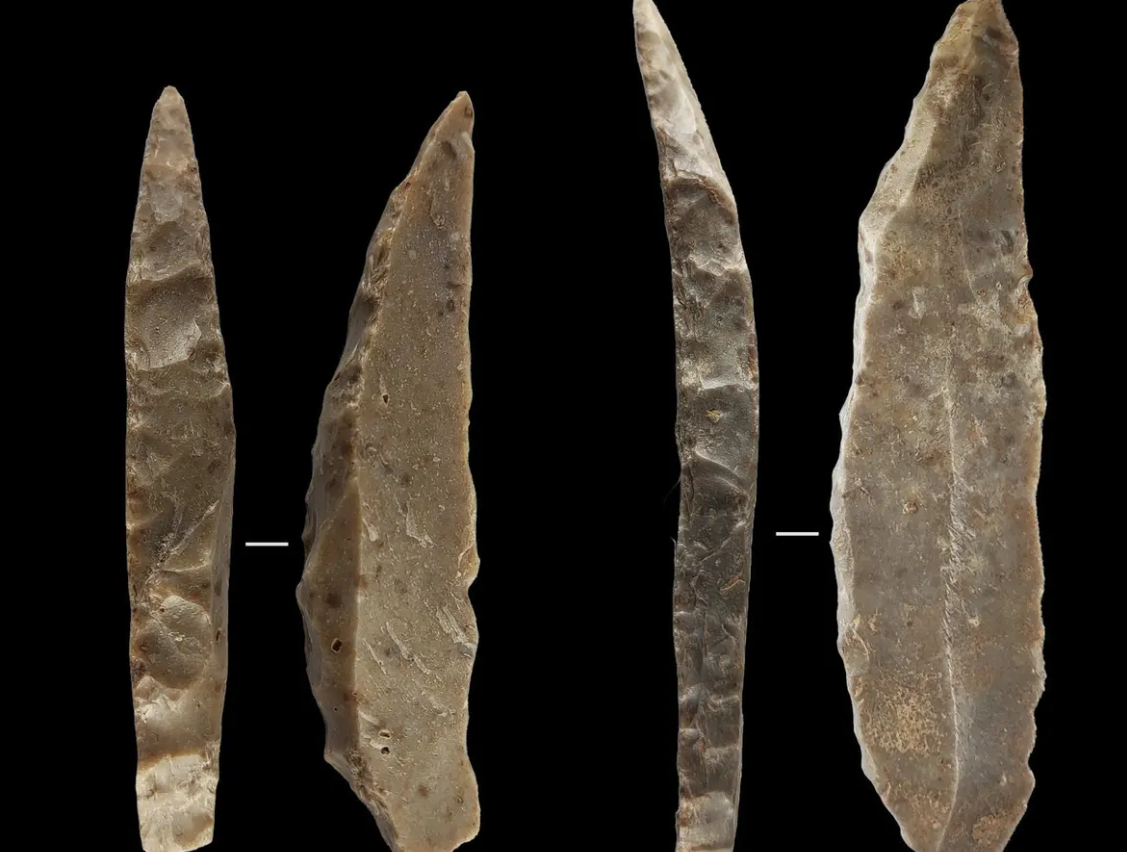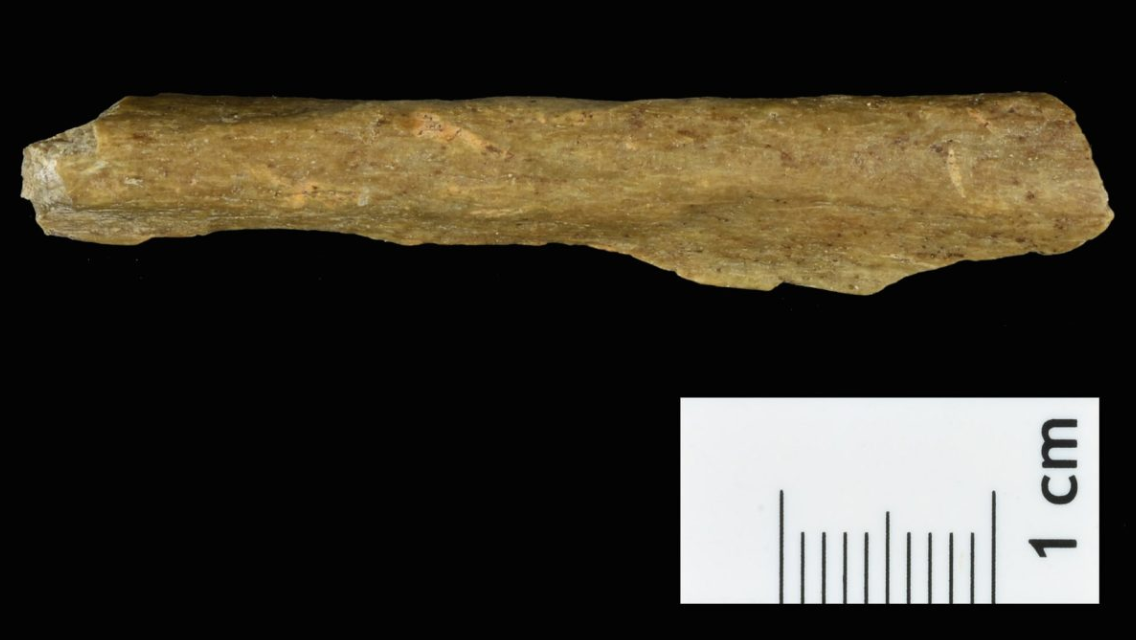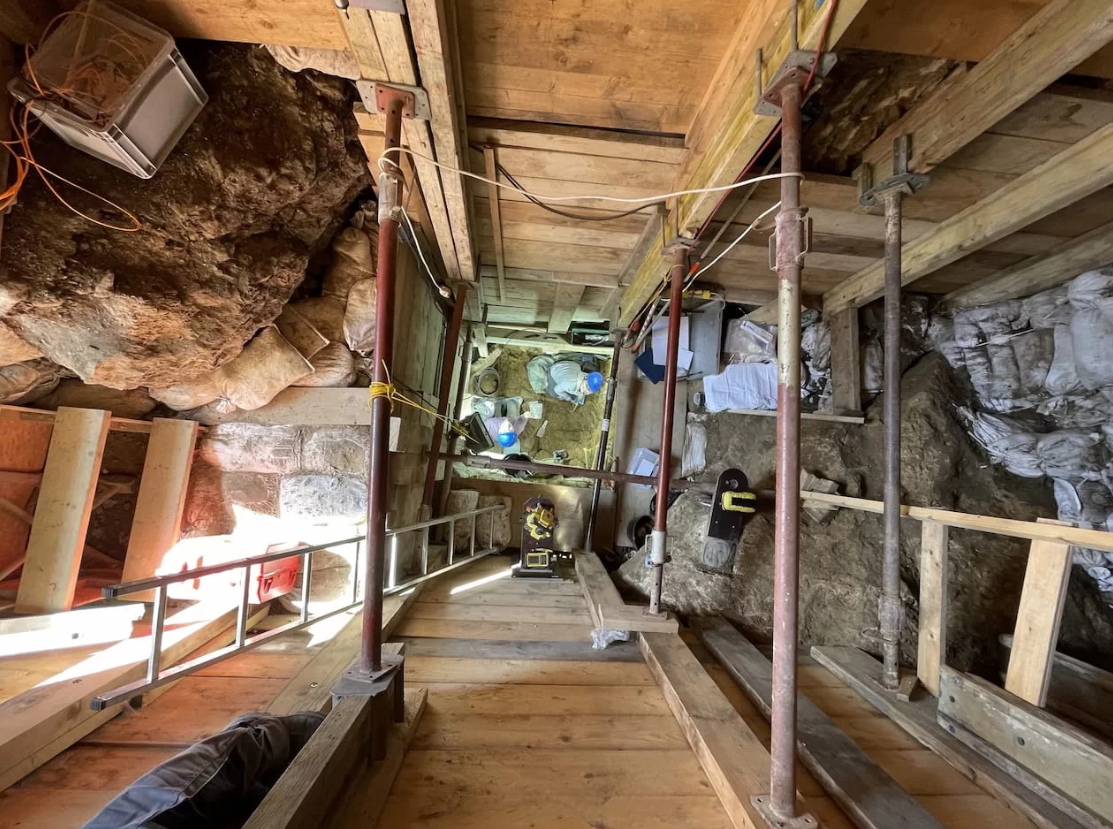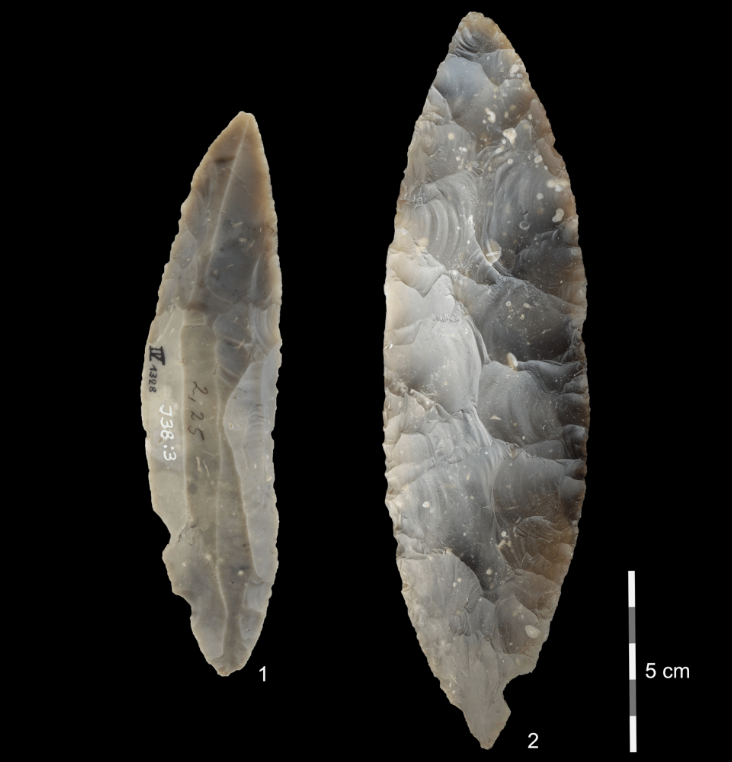A New Study Reveals Prolonged Coexistence of Modern Humans and Neanderthals in the Same Region

In a groundbreaking discovery that reshapes our understanding of human evolution, a recent study presents compelling evidence suggesting that modern humans and Neanderthals coexisted in the same geographical region for thousands of years. The findings, published in the prestigious journal Nature, challenge previous notions of a rapid replacement of Neanderthals by modern humans and shed light on the complexities of our ancient past.
For decades, the prevailing hypothesis suggested that modern humans, upon their arrival in Eurasia, swiftly outcompeted and replaced Neanderthals, leading to their eventual extinction. However, archaeological and genetic evidence from various sites across Europe and Asia has increasingly pointed towards a more nuanced narrative of interaction and interbreeding between the two hominin groups.

The recent study, led by a team of interdisciplinary researchers from renowned institutions, utilized advanced dating techniques and genetic analysis to examine fossil remains and artifacts from multiple sites in Europe. By analyzing ancient DNA extracted from skeletal remains and studying the stratigraphic layers of archaeological deposits, the researchers reconstructed a detailed timeline of human occupation in the region.
Surprisingly, the results indicate that modern humans and Neanderthals not only overlapped in time but also inhabited the same geographic areas for an extended period, estimated to be several millennia. This prolonged coexistence suggests a far more complex interaction between the two populations than previously assumed.

Furthermore, the study provides evidence of interbreeding between modern humans and Neanderthals, contributing to the genetic legacy of present-day non-African populations. The genetic admixture between these groups suggests that rather than a straightforward replacement, there was a process of assimilation and integration, where genetic exchange occurred over generations.

Dr. Elena Martinez, lead author of the study, emphasizes the significance of these findings: “Our research challenges the traditional view of a rapid replacement of Neanderthals by modern humans. Instead, it suggests a dynamic and multifaceted interaction between these two hominin groups, shaping the genetic diversity of modern human populations.”
The implications of this study extend beyond our understanding of ancient humans. By unraveling the complexities of our evolutionary history, it offers valuable insights into human behavior, adaptation, and resilience in the face of environmental and social challenges.

As our knowledge of human origins continues to evolve, studies like this highlight the importance of interdisciplinary collaboration and innovative research methodologies in unraveling the mysteries of our past. The discovery of prolonged coexistence between modern humans and Neanderthals underscores the rich tapestry of human evolution and the interconnectedness of our shared heritage.